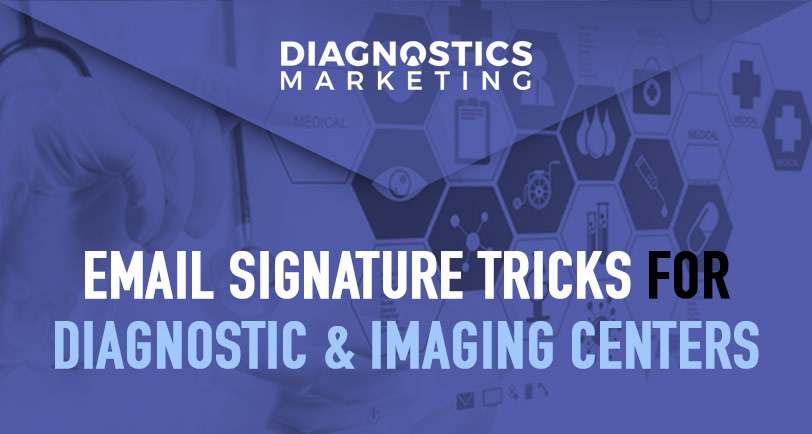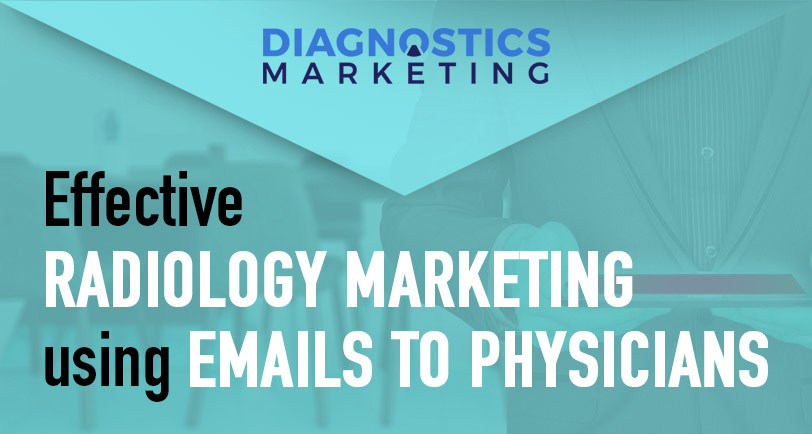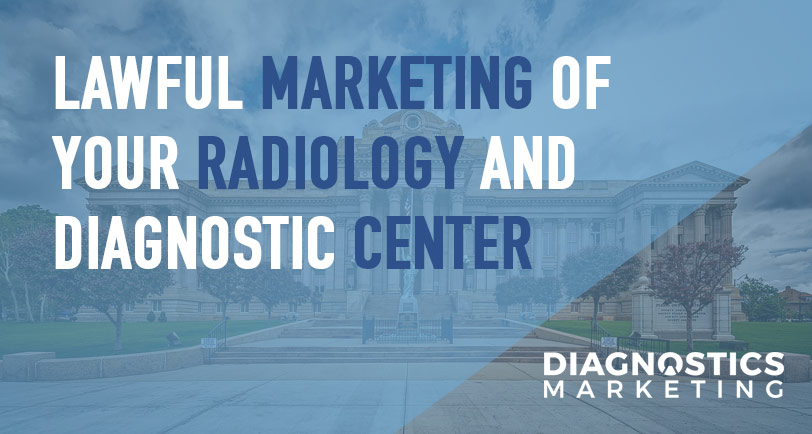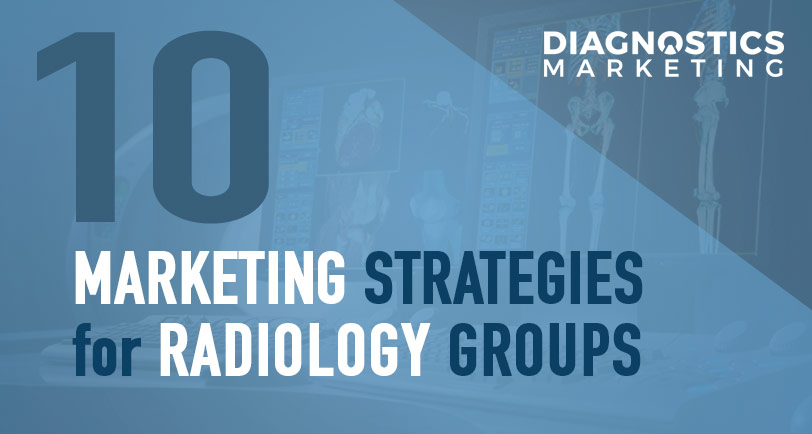When you’re starting up a new diagnostics imaging facility, you have to be prepared to hit the ground running. Construction and staffing are just the beginning of the beginning. You then have to book appointments and start bringing in … Continue reading
Tag: marketing
How to Start a Diagnostic Center
If you’re considering starting a diagnostic imaging center yourself, you’ll want to first consider IF you should begin working toward opening an imaging center, HOW TO BEGIN your process for planning out this mammoth endeavor, and WHAT IT WILL TAKE … Continue reading
Diagnostic Imaging Marketing Emails Can Be An Effective Method of Getting More Patients & Referrals
Email can be an effective marketing method for imaging centers. Whether you’re currently sending out emails, or not, this article will explain exactly what you should write about, who you should send to, and much more.
Should Email Be A
… Continue readingEmail Signature Tricks for Diagnostic Imaging Marketing
A Good Email Signature Is an Easily Accessible Tool in Your Diagnostic Imaging Marketing Strategy Toolkit
According to Sumo, the average person receives 124 business related emails per day. That’s a lot of competition. When it comes to diagnostic … Continue reading
A Good Email Signature Is an Easily Accessible Tool in Your Diagnostic Imaging Marketing Strategy Toolkit
According to Sumo, the average person receives 124 business related emails per day. That’s a lot of competition. When it comes to diagnostic … Continue reading
Effective Radiology Marketing Using Emails to Physicians From Your Diagnostics Center
Marketing to physicians should be a cornerstone of any imaging center’s overall strategy.
Effectively marketing to physicians comes down to professional relationships. Building and maintaining relationships with both current and prospective referring physicians is the name of the game. Email … Continue reading
Marketing to physicians should be a cornerstone of any imaging center’s overall strategy.
Effectively marketing to physicians comes down to professional relationships. Building and maintaining relationships with both current and prospective referring physicians is the name of the game. Email … Continue reading
Lawful Marketing of Your Radiology and Diagnostic Center
Radiology & Diagnostic Center Marketing
Understanding the law and what is allowed and Marketing your Diagnostic Center, you will attract new patients, grow your practice, and get the attention of referring physicians. Lack of understanding, and you could face steep … Continue reading
Radiology & Diagnostic Center Marketing
Understanding the law and what is allowed and Marketing your Diagnostic Center, you will attract new patients, grow your practice, and get the attention of referring physicians. Lack of understanding, and you could face steep … Continue reading
How to Get Medical Providers to Open Your Emails
Effective Email Marketing to Doctors Starts With a Solid Radiology Marketing Plan
Promoting a diagnostic imaging center using email marketing to doctors can be a great way to increase patient referrals and build partnerships with referring physicians. That is if … Continue reading
Effective Email Marketing to Doctors Starts With a Solid Radiology Marketing Plan
Promoting a diagnostic imaging center using email marketing to doctors can be a great way to increase patient referrals and build partnerships with referring physicians. That is if … Continue reading
10 Effective Radiology Marketing Strategies
Diagnostic Imaging Marketing Strategies & How to Make Them Work for Your Practice
The healthcare scene is constantly changing, and diagnostic imaging is no different. To put your business ahead of other local facilities, you need to be in front … Continue reading
Diagnostic Imaging Marketing Strategies & How to Make Them Work for Your Practice
The healthcare scene is constantly changing, and diagnostic imaging is no different. To put your business ahead of other local facilities, you need to be in front … Continue reading







